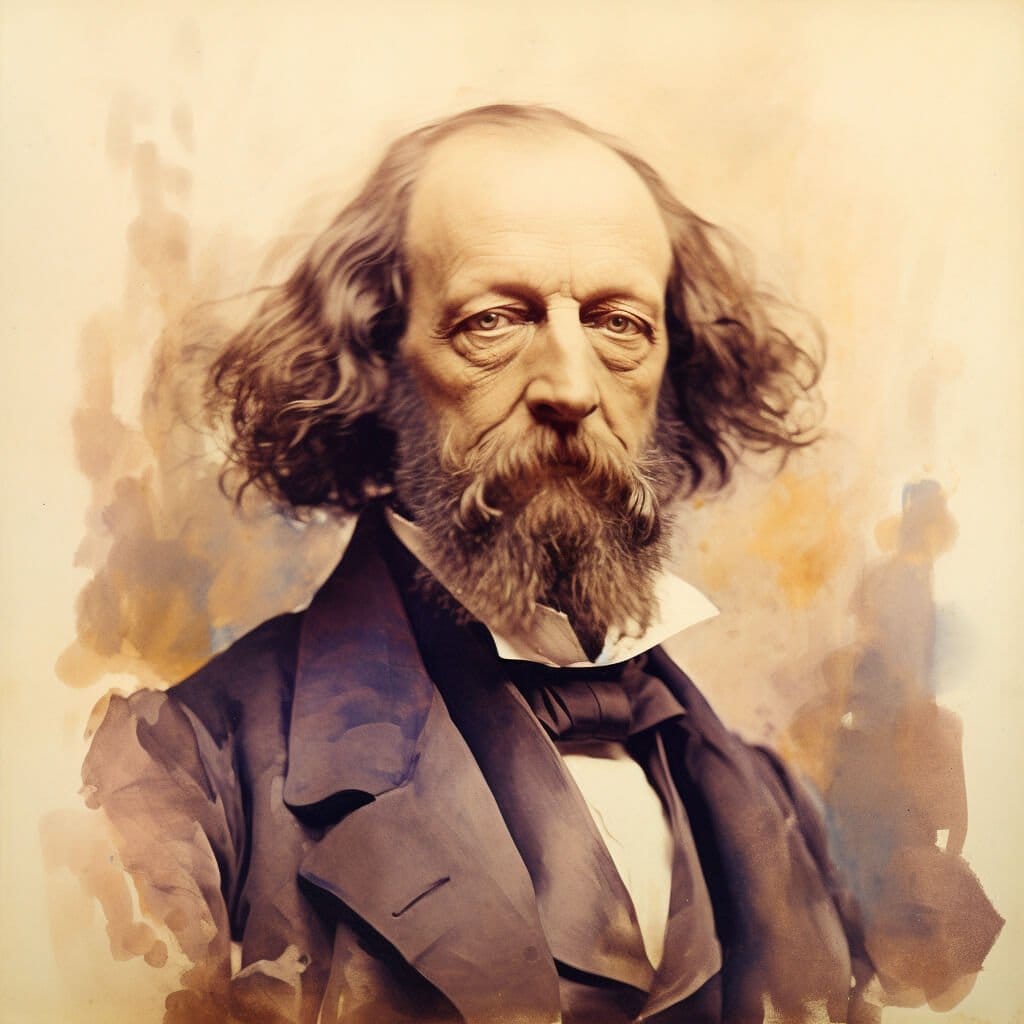Tithonus
‘Tithonus’ stands as one of Alfred Lord Tennyson’s most important works, masterfully expanding on Greek mythology to explore the inevitability of death. The poem centers on the character Tithonus, who is cursed with eternal aging. This piece serves as a prime example of Tennyson’s unparalleled skill in elaborating on myths and legends, making it a cornerstone in his oeuvre.
The woods decay, the woods decay and fall,
The vapours weep their burthen to the ground,
Man comes and tills the field and lies beneath,
And after many a summer dies the swan.

